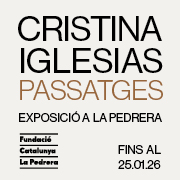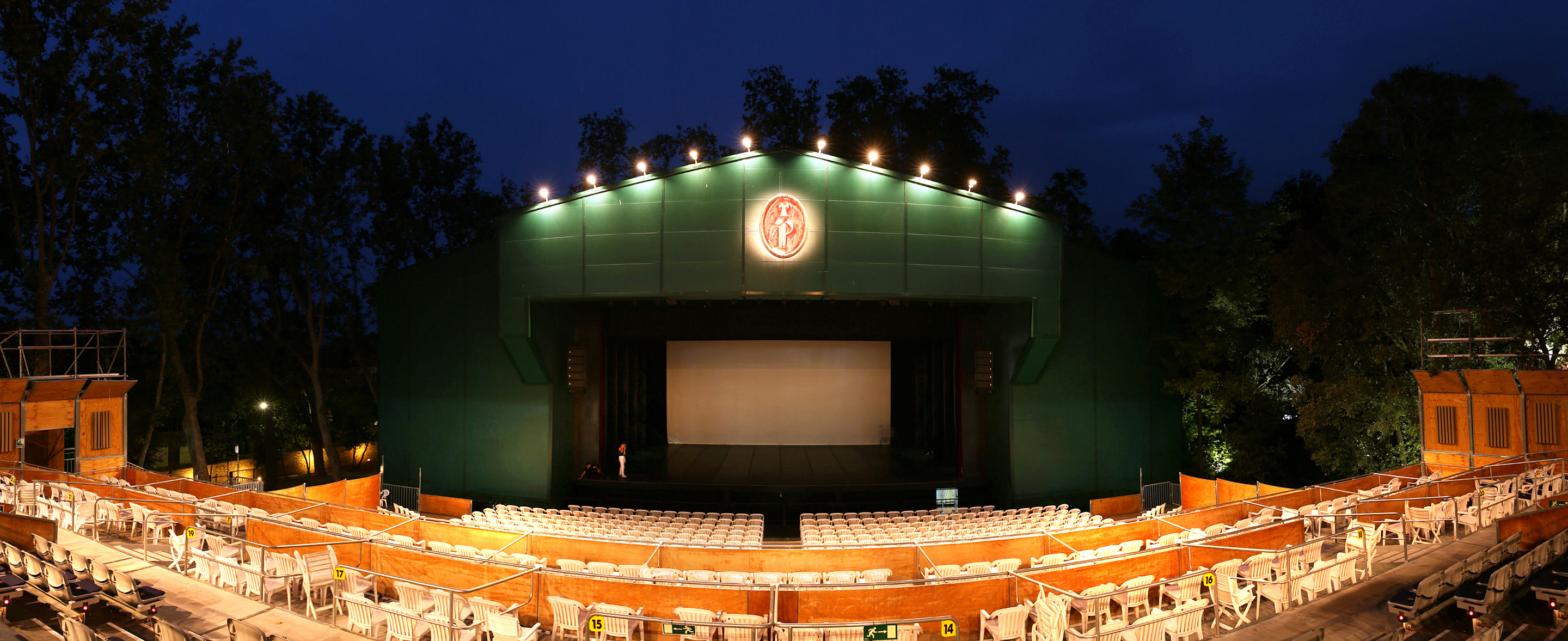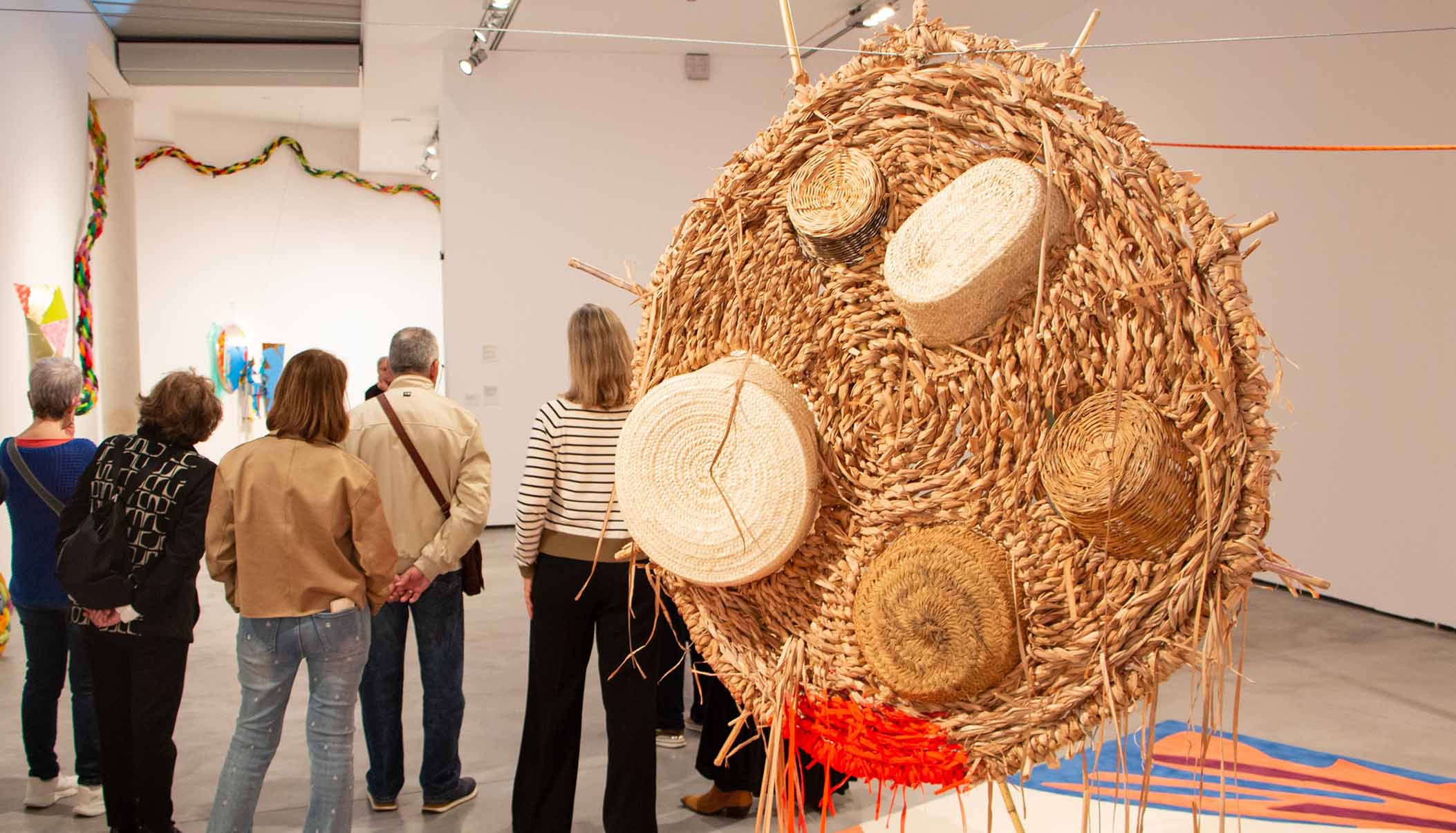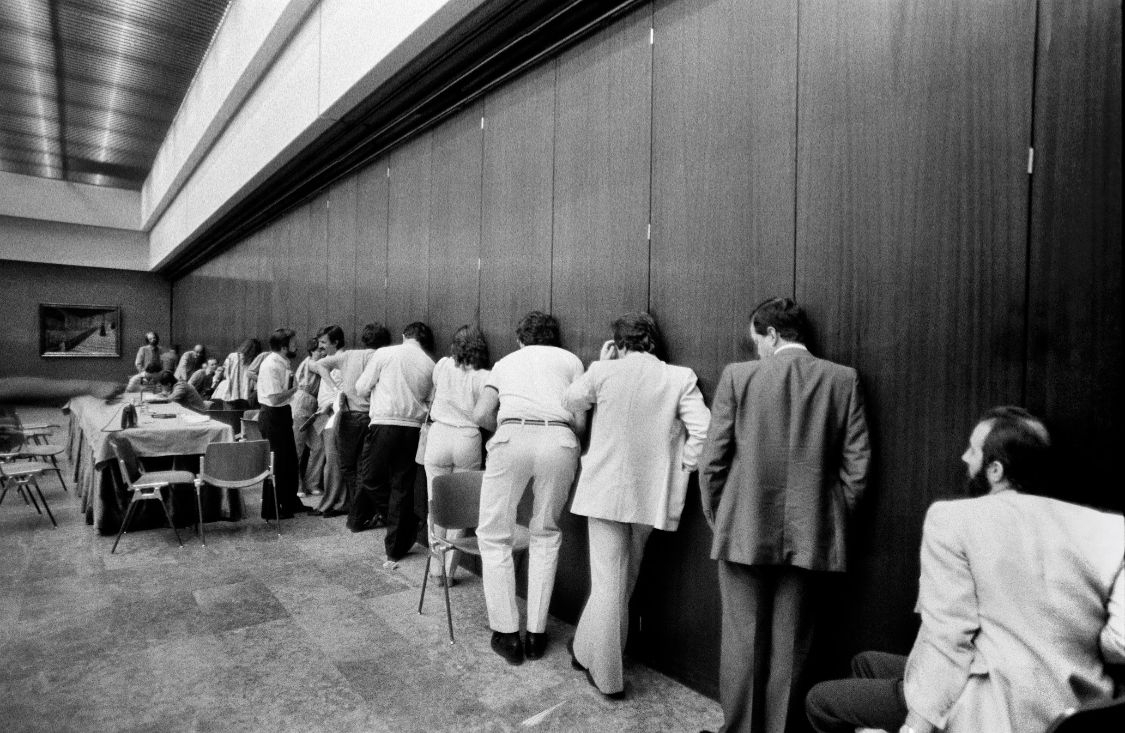Exhibitions
'Néstor rediscovered' recovers the figure of the artist Néstor Martín-Fernández
The Queen Sofia National Museum creates the great anthology of the Canarian artist.
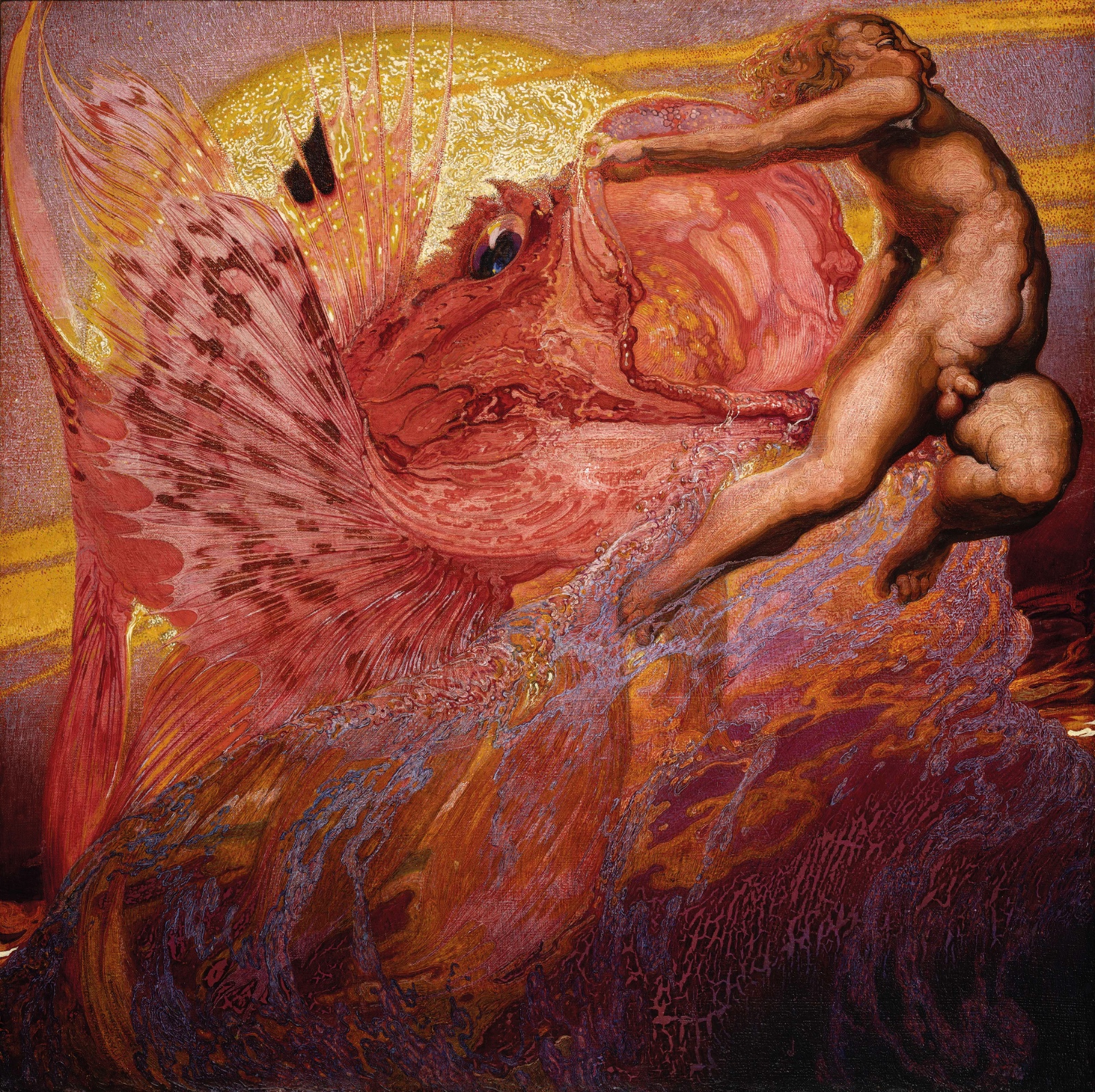
More than two-centuries of works open the door to the great anthology of Néstor Martín-Fernández, the Canarian artist who moved between modernism, decadence and symbolism. The Reina Sofia National Museum, together with the Canary Islands' Tenerife Espacio de las Artes and the Néstor Museum in Las Palmas de Gran Canaria, uses ten rooms in the Madrid center to show facets that he devised since the beginning of the 20th century, highlighting paintings of various styles, murals, architecture and theatrical sets.
Néstor Rediscovered is a direct dialogue with the uniqueness of the Canarian artist who was born in 1887 and died in 1938, who achieved international recognition within his time, but his premature death at the age of 51 left unfinished works such as the Poem of the Elements. The Reina Sofia exhibits epic series full of baroque, fantasy, male and female bodies, exploring the esoteric principles of Freemasonry, exuberant eroticism, as well as representations of native Canarian elements.
 Sátiro del vallde Hespérides, Néstor Martín-Fernández de la Torre (1930). Museo Néstor. Foto: Fernando Cova del Pino
Sátiro del vallde Hespérides, Néstor Martín-Fernández de la Torre (1930). Museo Néstor. Foto: Fernando Cova del Pino
Néstor Martín-Fernández decided to leave Las Palmas to arrive in Madrid and then in Barcelona, a city where he lived from 1907 to 1913. He was popular in modernist circles and exhibited at the Parés Gallery. Later, in Madrid he met figures such as Valle-Inclán, Lorca or a young Dalí, to also visit important cities in the artistic field such as London, Paris or Brussels, places and spaces that worked to assume the pre-Raphaelite precepts, meeting Gustave Moreau or Gustavo Durán.
His work fell into oblivion, but this exhibition recovers all its splendor, power and vitality. Juan Vicente Aliaga, curator of the exhibition, explains how “the Franco regime appropriated his work and turned it into a simple exponent of Canarian folklore, without forgetting the decline of a movement like Symbolism”.
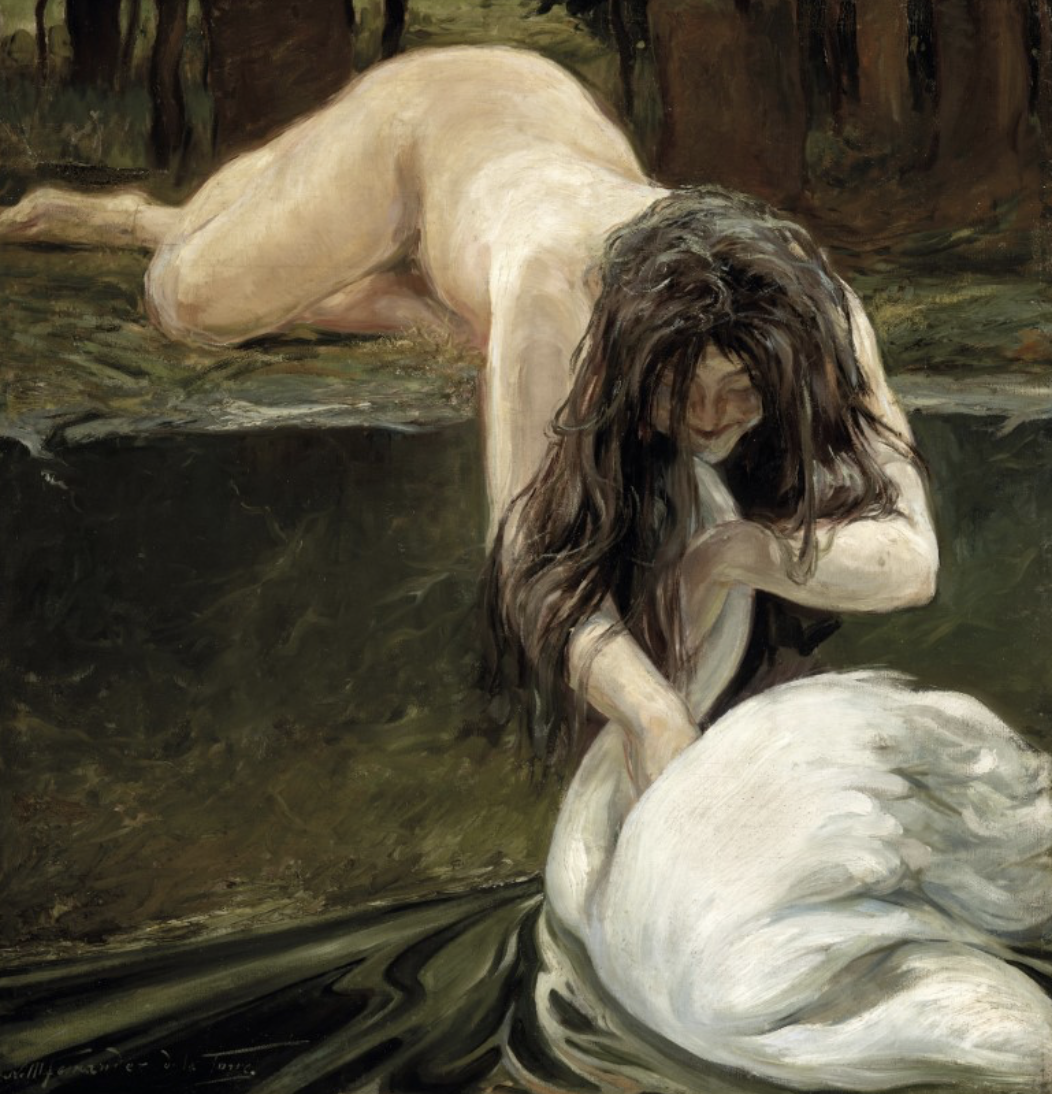 Adagio, Néstor Martín-Fernández de la Torre (1903). Museo Néstor. Foto: Fernando Cova del Pino
Adagio, Néstor Martín-Fernández de la Torre (1903). Museo Néstor. Foto: Fernando Cova del Pino
From May 14 to September 8, the gaze must stop with the work of Néstor Martín-Fernández, with his modernism, sensuality, fascination with androgynous bodies, the fact of creating an unclassifiable work challenging the moral canons of his time. The journey begins with the search for identity as an artist with Adagio, a work from 1903, to create a path with stops in Barcelona (spectacular pictorial piece Epitalamio (or the wedding of Prince Néstor), the binomial between Spanishness and cosmopolitanism, sexualized mythologies, muralism, taking on great power the part of the 'Poem of the Elements' or his scenographic talent.
The end of the exhibition, one of the most important in Madrid during this summer period, is marked by the Canarian element, the promotion of popular culture. The Canaries are always present in his work, as is the case with Visions of Gran Canaria, creating a group of paintings where Canarian characteristics are intertwined with the Mediterranean elements of his time spent in Barcelona.
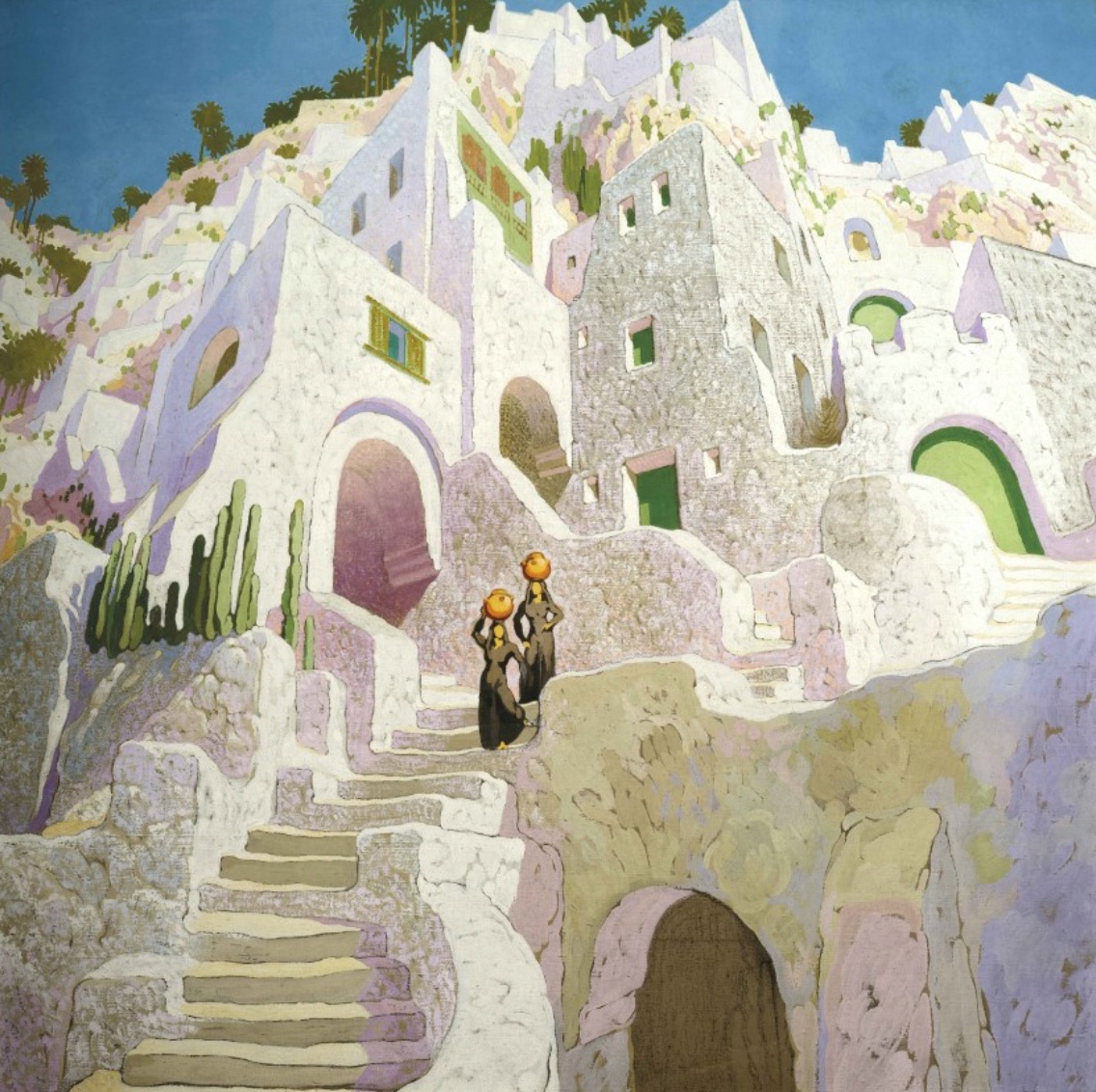 Visiones de Gran Canaria, Néstor Martín-Fernández de la Torre (1928-1934). Museo Néstor
Visiones de Gran Canaria, Néstor Martín-Fernández de la Torre (1928-1934). Museo Néstor



